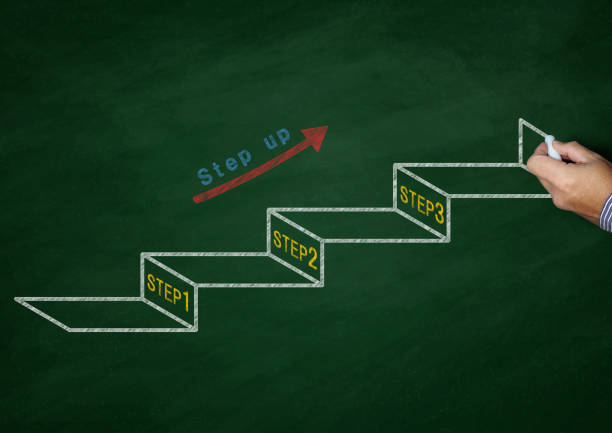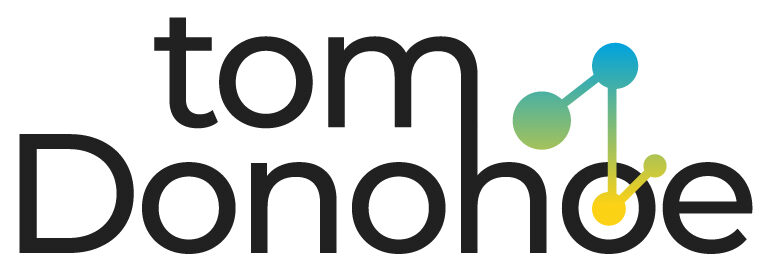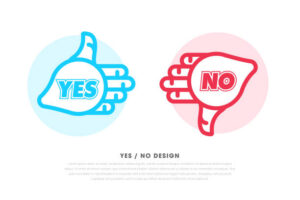Understanding the Difference Between Bounce & Exit Rate

Let’s get into the definition of these metrics.
Bounce Rate is the number of users who visit a page that bounces back or quit the page without seeing other web pages on the site they’re navigating.
In contrast, Exit Rate refers to the percentage of people who quit a site after viewing the page. In Exit Rate, the users have seen more than one page.
There’s a distinction in the Exit Rate, but it’s a difference. Let’s examine the Exit Rate by using this example:
The user stumbled across your website through organic search listings. The user read the blog, looked at the section ‘about us’ and then landed on the “contact us” page, where they clicked the “contact us” link to fill out the sign-up form. After filling in the condition, they left the page.
The user left the ” Contact Us page. Contrarily, if the user had accessed the site via an organic search result and then left and never visited another webpage in that scenario, we would refer to it as a bounce.’
The Most Important Metric
The analysis of both metrics is crucial. One metric won’t be sufficient to provide any concrete information. Let’s look at the process.
Bounce Rate will quickly reveal the issue with the website’s quality, content, and loading speed. It can also provide reasons for the disappearance of a user once they visit a specific page.
In contrast, the Exit Rate assists in identifying any issues in the conversion or purchasing journey. The Exit Rate metric shows how visitors navigate the website and helps identify loopholes. So, the selection to use metrics should be determined by the area of concern.
How do I deal with Pages that have a High Exit Rate?
The exit rate percentage is based on the type of pages. For instance, the Contact Us page will have an extremely high percentage of exits due to people navigating to find the address or number and could convert in different ways. Thus the high rate of entry isn’t a cause for alarm. However, revenue’s lost if the highest admissions rate is found on the page for a service or product. It is crucial to determine why people abandon a specific page and understand the behavior flow.
Here are some aspects that can aid in reducing the high rate of exits:
Simple navigation-user experience (UX) is a significant consideration. The process of browsing the site should be easy. Anyone making their first visit shouldn’t have a problem browsing the site.
CTA – Call to Action – The CTA (Call to Action) button must be strategically placed on the essential web pages, like those that control the highest conversion rates. Strategic placement eliminates confusion in a person’s head about what the click will do to them.
External Links in a New Tab All links should be opened in an entirely new tab to reduce the exit time. Doing this ensures that the user will not be compelled to quit the page immediately.
Include Information Before “Add to Cart” Transparency is crucial in reducing the probability of leaving when a user is on the purchasing journey.
Be honest about costs like shipping and other charges
* Give Information, such as reviews of previous visitors, to ensure quick conversion
Analyzing Website Search Terms The resulting pages from the search term are highly exit-friendly. Examine the search term on the site and look at the websites that match. If users are looking for non-related words using an engine, investigate the reason behind the issue.





